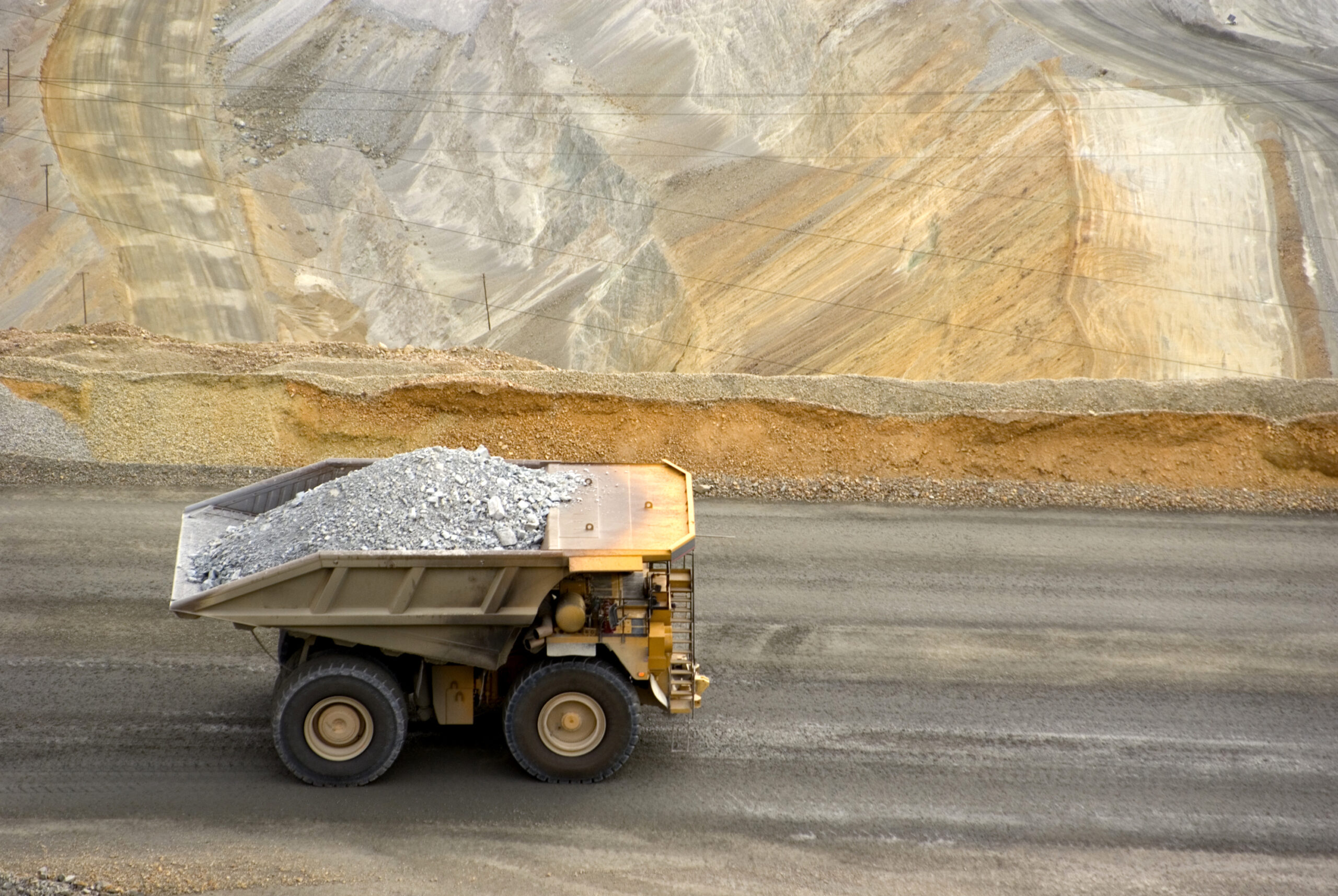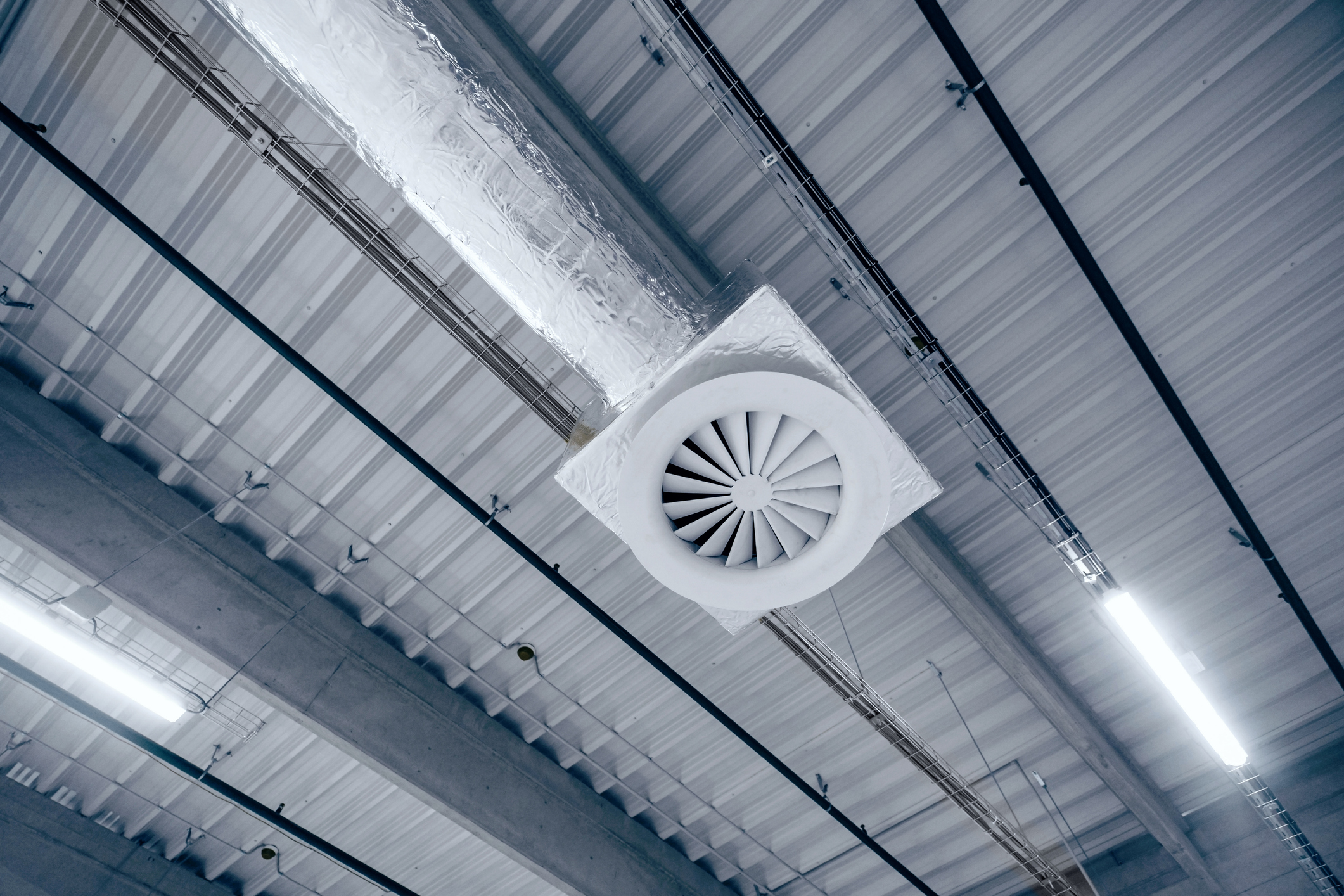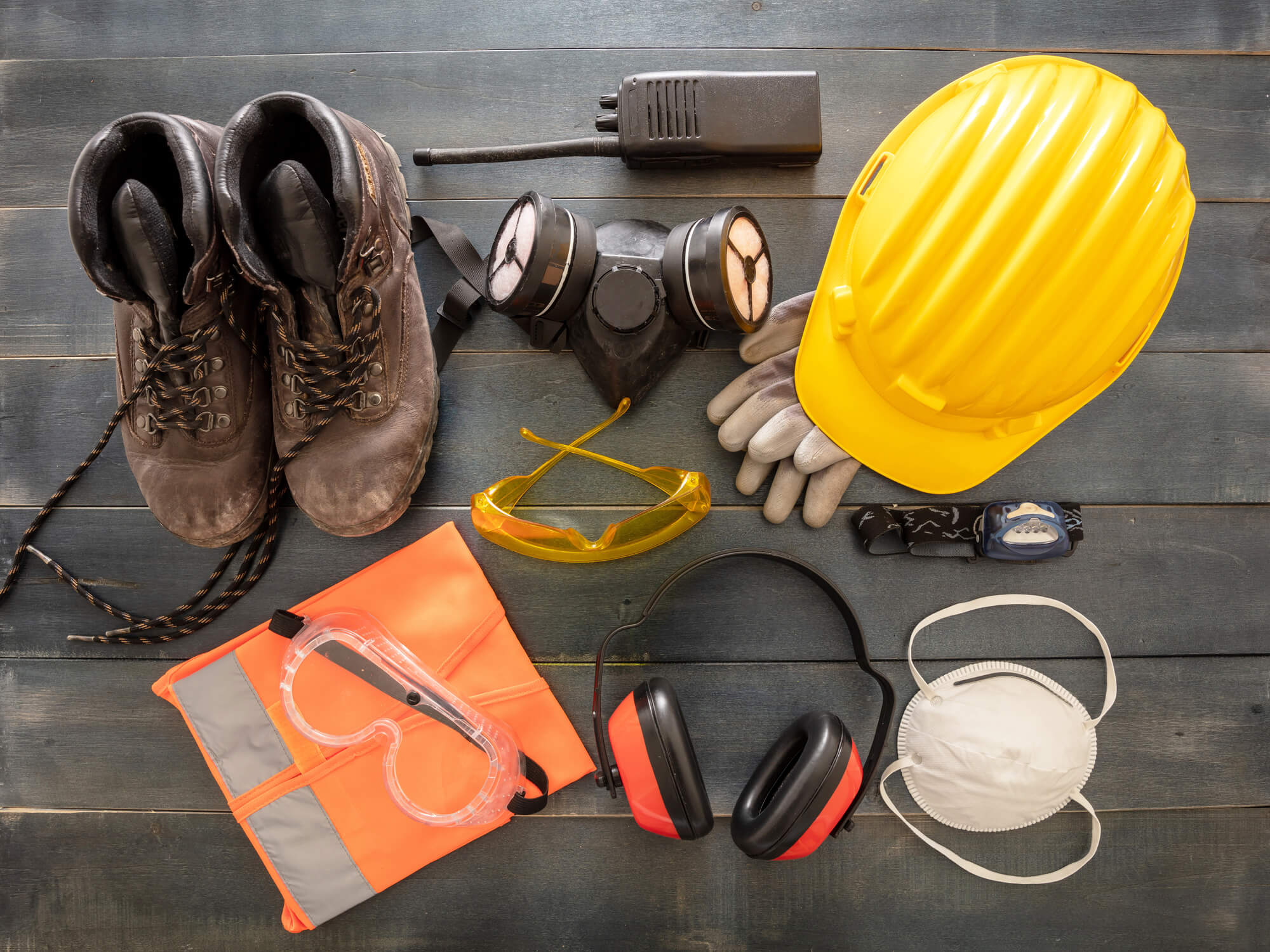- High body temperature
- Confusion
- Loss of coordination
- Hot, dry skin or profuse sweating
- Throbbing headache
- Seizures, coma
Heat illness can be deadly. Every year, thousands of workers become sick from heat exposure on the job. Some of these workers even die. However, these illnesses and deaths are preventable.
OSHA has strict regulations on working in heat both outdoors and indoors. Every company where employees need to work in extreme heat conditions is required to follow OSHA’s protocols regarding working conditions, heat breaks at work, and how heat stress and illness regulations are followed in the workplace.
Who Is Affected by Heat Illness?
Workers exposed to hot and humid conditions are at risk of heat illness, especially those doing heavy work tasks or using bulky protective clothing and equipment. Some workers might be at greater risk than others if they have not built up a tolerance to hot conditions, are in poor physical condition, are older, or if they have heart disease, high blood pressure or are taking certain medications.
Heat illness can affect both indoor and outdoor workers. While heat stress and illness are typically associated with workers who are required to perform physical labor in the blistering summer heat, many indoor work environments produce the same effect. Many jobs in the industrial, power and manufacturing sectors require certain workers to endure the heat of high-energy machines such as engines or boilers.
Other Causes of Heat Illness
Sometimes, even office spaces can experience extreme heat conditions if the HVAC system is not working properly. In such cases, OSHA required companies to take measures to relieve workers of unreasonable workplace conditions to prevent heat stress or even serious illness.

What Is Heat Illness?
The body normally cools itself by sweating. But during hot weather, especially with high humidity, sweating isn’t enough. Body temperature can rise to dangerous levels if precautions are not taken. Heat illnesses range from heat rash and heat cramps to heat exhaustion and heatstroke. Heatstroke can result in death and requires immediate medical attention.
While it’s normal to perspire from high external temperatures as well as the body’s own metabolic activity, enough of an increase in both can result in dangerous temperature spikes if workers are not careful. Without any means to lower body temperature, workers may begin to show symptoms of heat illness.
Top Symptoms of Heat Stress
Heat stress, from exertion or hot environments, places workers at risk for illnesses such as heat stroke, heat exhaustion, or heat cramps.
What to do if somebody has symptoms
If you or someone else working in extreme heat conditions experience light-headedness, excessive sweating, dehydration, hallucinations or dry skin, it’s time to call for immediate medical attention.
However, the best defense against heat illness is always prevention. Companies can drastically reduce employees’ risk of heat-related illness by following OSHA heat stress guidelines and requiring heat breaks at work.
How Can Heat Illness Be Prevented?
Remember three simple words: water, rest, shade.
Drinking water often, taking breaks and limiting time in the heat can help prevent heat illness. Employers should include these prevention steps in worksite training and plans. Gradually build up to heavy work in hot conditions. This helps you build tolerance to the heat — or become acclimated.
Employers should take steps that help workers become acclimated, especially workers who are new to working outdoors in the heat or have been away from work for a week or more. Gradually increase workloads and allow more frequent breaks during the first week of work. Also, it’s important to know and look out for the symptoms of heat illness in yourself and others during hot weather.
Plan for an emergency and know what to do — acting quickly can save lives!
- Rapid heart beat
- Heavy sweating
- Extreme weakness or fatigue
- Dizziness
- Nausea, vomiting
- Irritability
- Fast, shallow breathing
- Slightly elevated body temperature
Offices and Indoor Facilities
Offices and indoor facilities are not immune to the potential for dangerous heat conditions. In fact, a significant percentage of heat illness-related emergencies happen in places such as mills, foundries, warehouses and kitchens. Here’s what you can do to prevent heat stress and illness in these places:
- OSHA laws for working in heat require companies to give workers adequate break time. Make sure you implement these heat breaks accordingly.
- Make sure you provide employees with enough accessible water on the job.
- Provide employees with cool break areas away from heat-producing machinery.
- Make sure your HVAC system is running properly.
- Do NOT require employees to work through extreme heat or otherwise unsafe environmental conditions.
Outdoor Workplaces and Extreme Conditions
Outdoor workers not only have to deal with potentially extreme heat in warmer months, but they also have to endure prolonged sunlight exposure at times — which can increase body temperature by 15 degrees Fahrenheit. Remember to protect your workers from heat illness by implementing OSHA’s Water, Rest, Shade guidelines:
- Water: make sure your employees have access to fresh, clean and cold water at all possible times.
- Rest: provide adequate rest time for employees in frequent intervals.
- Shade: Provide employees shade from sunlight during rest periods and whenever possible during work hours.
- It’s also crucial to recognize the signs of heat stress and illness, as outlined in our resources below.
What Is a Work/Rest Schedule?
OSHA regulations regarding working in heat outdoors (or indoors) requires employers to implement a reasonable work/rest schedule. A heat-focused work/rest chart can help keep workers from experiencing heat stress and heat illness by providing regular rest breaks and shorter work schedules, especially when it comes to working in outdoor heat. Work/rest schedules require companies to abide by OSHA laws for working in heat. With work/rest schedules, employees:
- Spend breaks in a cool, well-ventilated place with access to cold water
- Have shorter work periods and longer rest periods as conditions become more extreme
- Have shorter work intervals if unacclimatized to the heat
- Can take advantage of productive rest time and accomplish tasks out of the heat
- Have a professional on-site to monitor them for signs of overheating
















